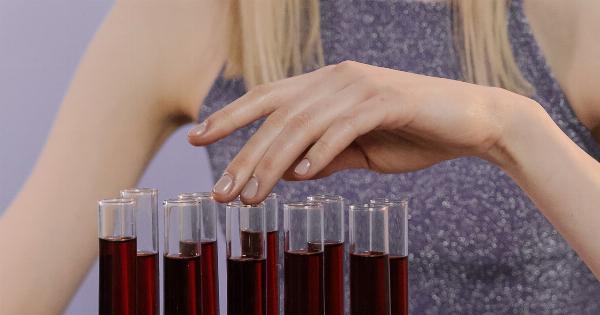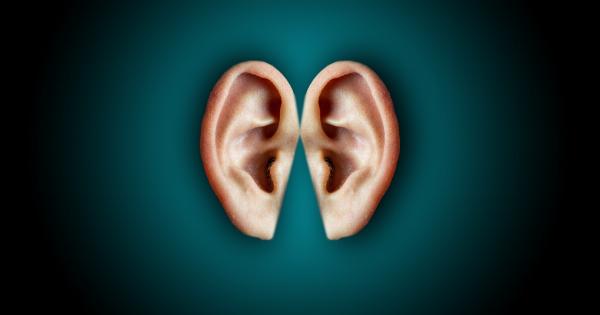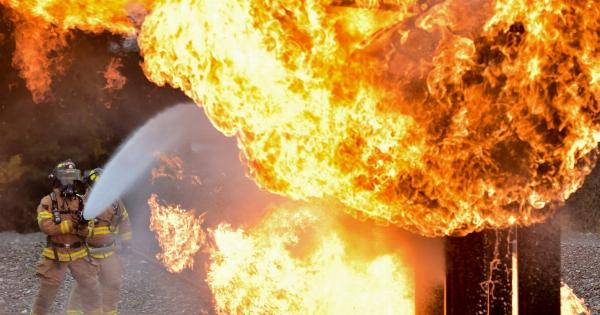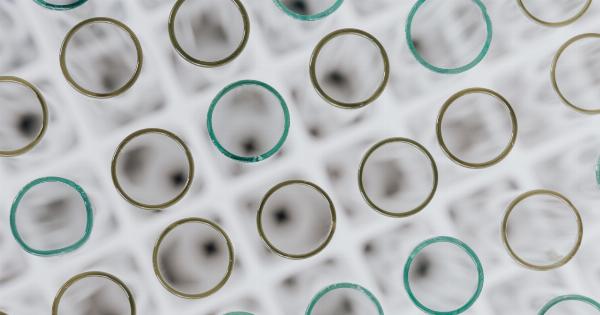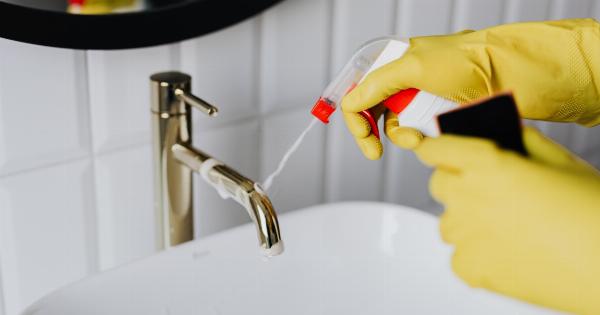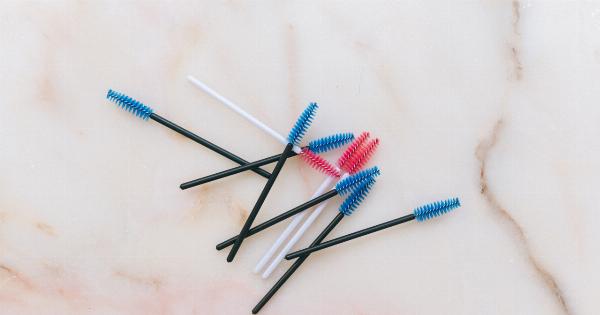Chemical burns can occur when the skin comes into contact with harmful substances such as acids, alkalis, or solvents. These burns can range from mild to severe, depending on the type and concentration of the chemical involved.
It is crucial to know how to properly handle and treat skin burns caused by chemicals to minimize damage and promote faster healing. In this article, we will explore common methods for handling chemical burns and provide useful tips for effective burn management.
1. Assess the Situation
The very first step in handling a chemical burn is to assess the situation carefully, ensuring the safety of both the victim and yourself. If the chemical is still visible on the skin or clothing, take immediate action to prevent further exposure.
Avoid direct contact with the chemical by using protective gloves or tools, and if necessary, move the person away from the source of the burn.
2. Remove Contaminated Clothing
If the chemical has splashed onto the victim’s clothing, it is essential to remove the contaminated garments as quickly as possible. Carefully cut or tear the clothing to avoid any further damage to the skin, taking care not to pull forcefully.
Rinse the affected area with copious amounts of water while removing the clothing to dilute and remove any remaining chemical residue.
3. Flush with Water
In the case of chemical burns, the immediate and continuous flushing of the affected area with water is crucial. Hold the burned skin under cool running water for at least 20 minutes to remove any residual chemicals and help cool down the area.
If there is no water source nearby, use a hose, showerhead, or any container with clean water to continuously flush the burn.
4. Avoid Home Remedies
While it may be tempting to try various home remedies or apply ointments, it is important to avoid doing so without proper medical advice. Home remedies like butter, toothpaste, or oil can trap heat and worsen the burn.
They can also introduce additional bacteria, increasing the risk of infection. Instead, stick to rinsing the affected area with water until medical help arrives.
5. Cover with a Sterile Dressing
After rinsing the burn with water, cover it with a clean and sterile dressing. This will protect the area from further contamination and reduce the risk of infection.
Use a non-stick dressing such as a sterile gauze pad or cling film to cover the burn without sticking to the wound. Avoid using adhesive bandages or tapes directly on the burn, as they can further damage the skin when removed.
6. Seek Medical Attention
Regardless of the severity of the burn, it is always advisable to seek medical attention after a chemical burn. Even seemingly minor burns can cause complications and require professional evaluation.
A healthcare professional will assess the burn and provide appropriate treatment, ensuring optimal healing and minimizing the risk of long-term damage.
7. Do Not Pop Blisters
If blisters form on the burned skin, it is essential not to pop or break them. Blisters serve as a protective layer and help prevent infection. Popping them can expose the underlying sensitive skin and increase the risk of infection.
Leave the blisters intact, and they will gradually heal on their own. If a blister pops unintentionally, clean the area gently with mild soap and water, apply an antibiotic ointment, and cover with a sterile dressing.
8. Take Over-the-Counter Pain Relief
Chemical burns can be extremely painful. To manage the pain, you can consider taking over-the-counter pain relievers such as ibuprofen or acetaminophen.
Follow the recommended dosage instructions and consult a healthcare professional if the pain persists or worsens.
9. Keep the Burn Clean
Proper hygiene is crucial in preventing infection and promoting healing. Wash your hands thoroughly before touching or treating the burn. When cleaning the burn area, use mild soap and water to gently remove any dirt or debris.
Avoid scrubbing the burn, as this can delay healing and cause further damage.
10. Follow Medical Advice
After seeking medical attention, it is essential to follow all the instructions and advice given by the healthcare professional. This may include specific dressing changes, medication management, and follow-up appointments.
Adhering to the recommended treatment plan will ensure the best possible outcome for the burn and minimize the risk of complications.

